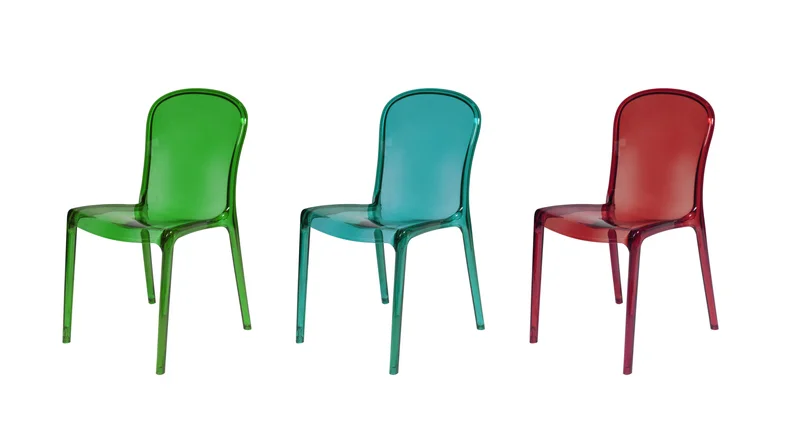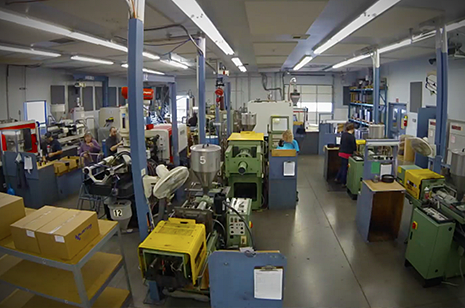- BY nwmcadmin
- POSTED IN Plastic Injection Molding
- WITH 0 COMMENTS
- PERMALINK
- STANDARD POST TYPE

What is acrylic molding?
Acrylic molding is a process for creating plastic parts from acrylic materials. It involves melting acrylic pellets and injecting them into a mold to form specific shapes. This technique is widely used in various industries due to acrylic’s versatility and clarity.
5 Advantages of Acrylic Injection Molding
-
Requires Less Energy
Acrylic injection molding is energy-efficient. It requires less energy compared to other molding processes, making it a cost-effective option for manufacturers. This efficiency also contributes to a lower environmental impact.
-
Environmentally Resistant
Acrylic is highly resistant to environmental factors. It can withstand harsh weather conditions, including UV exposure, without degrading. This makes it ideal for outdoor applications and products that need to maintain their appearance over time.
-
Resistant to Chemicals
Another advantage is that it produces parts that are resistant to many chemicals. This chemical resistance is crucial for applications in automotive, medical, and consumer goods industries, where exposure to various substances is common.
-
Lightweight & Transparent
In the world of injection molding, acrylic is known for its lightweight properties and excellent transparency. These characteristics make it a popular choice for products that require a clear view, such as display cases, lenses, and protective barriers, while also being easy to handle and install.
-
Recyclable
Last but not least, acrylic is a recyclable material which aligns with sustainable manufacturing practices. Parts made from this material can be recycled and repurposed, reducing waste and contributing to a circular economy.
Disadvantages
Despite its many advantages, acrylic does have some drawbacks. It can be more prone to scratching compared to other plastics, and it may not be as strong as some alternatives like polycarbonate. Additionally, the initial cost of acrylic materials can be higher, which might impact the overall cost-effectiveness for certain projects.
What projects are acrylic injection molding best for?
Acrylic molding is best suited for projects that require clarity, lightweight properties, and environmental resistance. Lighting fixtures, automotive parts, medical devices, and consumer electronics are all common uses for acrylic. Acrylic’s versatility and aesthetic appeal make it an excellent choice for a wide range of applications. Whatever mold sounds right for you, contact us for a quote today!


